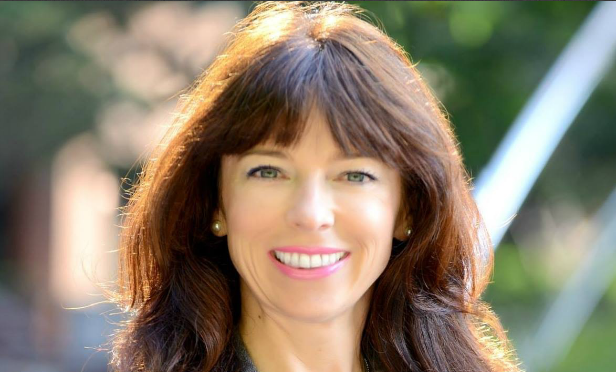 Cushman & Wakefield Jolanta Campion GlobeSt.com: Give me a snapshot of San Diego's population growth today. Jolanta Campion: GlobeSt.com: Population growth in the market was only .7%, lower than the historic average. Why is population growth slowing in San Diego? Campion: GlobeSt.com: Do you expect to see population growth continue to wan in San Diego? Campion: GlobeSt.com: Millennials are the biggest population demographic in San Diego. How will they affect the population growth in the future? Campion: GlobeSt.com: Overall, what is your outlook for population growth n San Diego? Campion:
Cushman & Wakefield Jolanta Campion GlobeSt.com: Give me a snapshot of San Diego's population growth today. Jolanta Campion: GlobeSt.com: Population growth in the market was only .7%, lower than the historic average. Why is population growth slowing in San Diego? Campion: GlobeSt.com: Do you expect to see population growth continue to wan in San Diego? Campion: GlobeSt.com: Millennials are the biggest population demographic in San Diego. How will they affect the population growth in the future? Campion: GlobeSt.com: Overall, what is your outlook for population growth n San Diego? Campion:© Touchpoint Markets, All Rights Reserved. Request academic re-use from www.copyright.com. All other uses, submit a request to [email protected]. For more inforrmation visit Asset & Logo Licensing.






